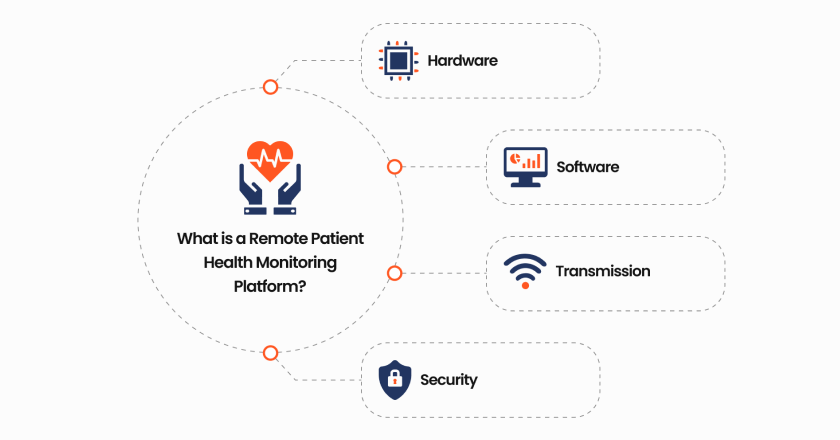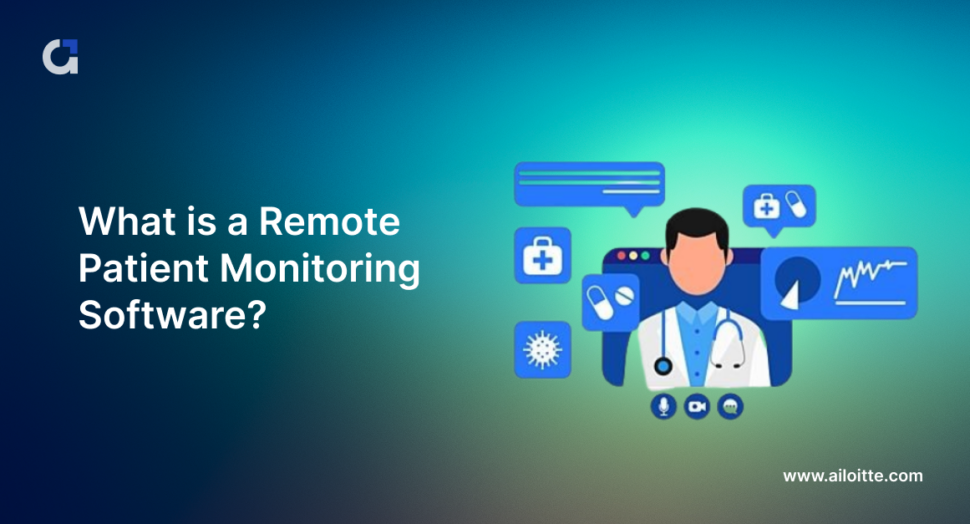Comprehensive Software for Remote Patient Monitoring: Enhance Patient Care
The Future of Medical Care: Remote Patient Keeping An Eye On Streamlined
As healthcare continues to progress, one location that holds tremendous promise is remote client tracking. The principle of streamlining this process through technological innovations is reshaping the method treatment is supplied and received. With a focus on improving individual end results and streamlining health care shipment, remote surveillance is poised to reinvent the sector. By exploring the advantages, technological advancements, and future fads in this area, we can acquire useful understandings right into the transformative possibility of remote patient tracking.
Advantages of Remote Person Surveillance
Remote individual tracking presents a wide range of benefits for both doctor and patients alike. One substantial benefit is the ability to continuously check individuals' important signs and wellness information remotely. This real-time surveillance allows doctor to detect any worrying patterns or changes without delay, resulting in very early interventions and possibly stopping medical emergency situations. Additionally, remote person tracking boosts the general top quality of care by giving a much more holistic and detailed sight of clients' wellness condition past traditional in-person gos to.
Additionally, remote individual surveillance can lead to better client outcomes and fulfillment. Remote surveillance can lower the demand for constant health center brows through, reducing healthcare costs for both suppliers and individuals.
Innovation Driving Remote Monitoring
In the realm of modern medical care, technological improvements play a pivotal role in driving the evolution and performance of remote patient surveillance. The combination of cutting-edge innovations such as wearable devices, mobile applications, and cloud-based platforms has actually transformed the means doctor from another location take care of and keep track of person health - remote patient monitoring platform. These technologies allow continual real-time monitoring of crucial indicators, medication adherence, and other critical health data, enabling prompt interventions and customized treatment strategies
One trick technology driving remote tracking is the Web of Points (IoT), which makes it possible for seamless connectivity between clinical tools and medical care systems. IoT devices such as smartwatches and wireless sensors gather and send patient data to centralized systems, promoting remote monitoring from anywhere in the world. Fabricated knowledge (AI) and artificial intelligence algorithms better boost remote surveillance by analyzing huge quantities of individual information to identify patterns, forecast wellness trends, and alert doctor to potential problems.
Effect On Medical Care Distribution
With the integration of advanced innovations driving remote individual surveillance, the effect on health care delivery is coming to be significantly extensive and transformative. Remote client surveillance permits doctor to provide more proactive and personalized care to patients, bring about boosted health and wellness outcomes and reduced hospital admissions. By from another location tracking crucial signs, signs and symptoms, and medicine adherence, health care experts can step in early, avoiding complications and boosting the general high quality of treatment.
In addition, remote tracking enhances accessibility to health care solutions, specifically for individuals in underserved or rural areas. People can obtain constant monitoring and assistance from their homes, getting rid of the need for constant in-person find out sees. This not only conserves time and lowers costs for both patients and health care facilities yet likewise reduces the risk of exposure to contagious conditions, an important consideration in the current medical care landscape.
In addition, remote individual monitoring makes it possible for doctor to better allocate sources and focus on care based upon real-time data. By determining high-risk clients and intervening quickly, health care distribution ends up being extra effective and efficient, ultimately causing an extra lasting and patient-centered healthcare system.
Improving Patient Outcomes

In addition, RPM enables aggressive monitoring of persistent problems, decreasing the possibility of severe exacerbations and medical facility readmissions. Clients gain from increased ease and convenience, as they can get care in their own homes while remaining linked to their doctor. This continuous surveillance not just enhances patient satisfaction but additionally promotes a sense of empowerment and involvement in their own health monitoring.
Future Trends in Remote Tracking
Accepting cutting-edge innovations in remote person monitoring is forming the future landscape of medical care delivery. One considerable fad is the increased use of wearable gadgets and sensing units to collect real-time data, making it possible for medical care companies to check clients continually without the need for frequent in-person brows through.

In addition, telehealth platforms are ending up being extra sophisticated, enabling for online appointments, remote diagnosis, and remote individual monitoring all in one incorporated system (rpm software). This all natural method to remote monitoring is improving health care shipment, improving client fulfillment, and inevitably, boosting total top quality of care
Conclusion
To conclude, recommended you read remote person surveillance uses various benefits in medical care distribution, driven by developments in technology. It has read review the potential to enhance patient outcomes and transform the means healthcare is delivered. Future trends in remote monitoring will remain to form the landscape of health care, providing opportunities for more tailored and efficient person care.
Remote patient tracking presents a plethora of benefits for both healthcare suppliers and patients alike. Additionally, remote patient monitoring improves the total top quality of treatment by offering an extra all natural and detailed view of people' health and wellness status past traditional in-person visits.
Additionally, remote client surveillance can lead to enhanced person results and satisfaction. Remote individual monitoring enables healthcare suppliers to offer even more proactive and tailored care to individuals, leading to improved health and wellness end results and decreased health center admissions. Remote individual monitoring (RPM) plays a considerable duty in improving individual end results by providing constant, real-time information that enables health care carriers to intervene quickly and change therapy strategies as needed.